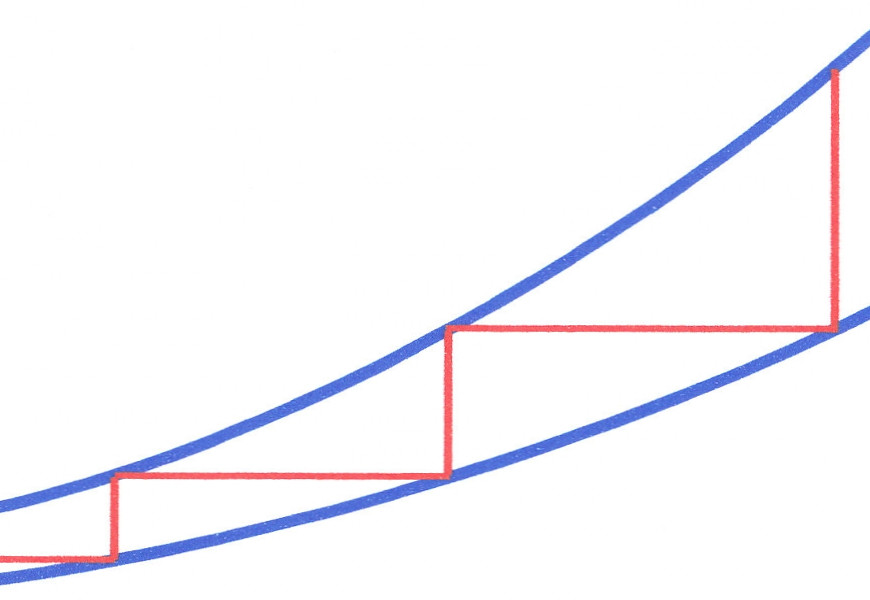MAF Scaling – What is it? When to do it & how?
3 min read
MAF Tuning & Scaling
MAF scaling is when you adjust the signal from the MAF sensor by a set amount, a scale, and send that adjusted signal to your engine’s ECU
For example, you want to reduce the MAF sensor signal by 10%. To do this, you would MAF scale by multiplying the MAF sensor signal by 0.9.
This is the essence of MAF scaling & this is the purpose of the MoviChip MAF Manager
To add a layer of complexity, you could use a different MAF scale/a different multiplier, according to the load on the engine.

Further to this you can scale the MAF according to load and RPM. But this is stretching the definition of “scaling”. Changing MAF signal according to load and RPM is more like re-tuning the engine than simply re-scaling the MAF sensor signal.
Why would you need to rescale your MAF sensor?
Two basic examples
Larger injectors. You fit 10% larger injectors, scale the MAF signal by 0.9 to reduce fuel signal by 10%.
Larger MAF sensor. As an example. You move from a 65mm MAF sensor to a 80mm sensor. A 50% increase in tube area, scale MAF signal by 1.5 to maintain same voltage going to ECU
How to scale your MAF sensor?
You need two things
1.A device to alter the MAF signal
2.A wideband lambda sensor so you can monitor your air fuel ratios
MAF Correction Scale – Not a Silver Bullet
Using a MAF sensor to alter fuelling is a powerful method but there are downsides. Click here for more info.
MAF Scaling Devices
APEXi AFC NEO/SAFC
This is the product we used for many years. We used it to scale an SR20DE MAF sensor on an SR20VE engine. The AFC NEO gives a lot of flexibility but it wasn’t ideal because we couldn’t directly scale the MAF sensor signal eg when MAF sensor output is 1v scale that signal by 0.8. Instead we had to scale the MAF sensor signal indirectly using TPS and RPM.
Also the AFC NEO uses TPS, and 30% TPS at 2000 RPM is completely different to 90% at 6000RPM. In short TPS is not an ideal measure to use. We’d prefer it used a MAP signal.
MAF scaling is a powerful tool but it has its limits.
MoviChip ATF (DISCONTINUED)
We built and designed this product using the lessons we learned from using the APEXi AFC NEO.
As I wrote above, MAF scaling on its own has its limits and we do not try to make MAF scaling into something it isn’t.
Our product solely deals with MAF scaling based on load.
Improvements over APEXi AFC NEO/SAFC
We scale the MAF signal according to load ie a MAP sensor signal, which we believe is superior to TPS because load is load, regardless of RPM, unlike the TPS signal
We do not scale the MAF according to RPM because we believe, if you need to do this, your engine needs a more fundamental re-tune rather than simply scaling the MAF signal.
For example if you change the camshafts, to get the most power from them you need to be looking at a product that can also adjust ignition timing not just fuelling. You can use MAF scaling only but you will be leaving power on the table.
MAF scaling, as I detailed above should be used to address changes in the MAF sensor signal or fuelling only, ie different MAF sensor, different injector size, slight changes to breathing etc
MAF scaling is for MAF scaling and not something more.
Click here for more information on MAF tuning
To buy the MoviChip ATF and to get more information on the ATF and to see it in action, click here
MAF CAL – MAF Scaling/Calibration with MAF CAL
Easily calibrate a MAF sensor signal after changes to the intake system. Scale a MAF signal with MAF CAL.
Increase or decrease MAF sensor signal by +/-50% to optimise engine fuelling (Not compatible with frequency based MAF sensors. …


